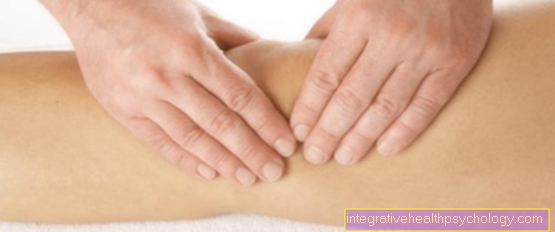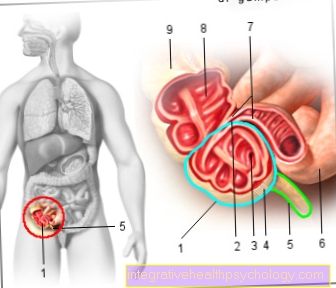Laser scars
Definition - what is laser scarring?
After operations, injuries or burns, scars often remain on the skin as a result of a natural wound healing process. The scar tissue, however, differs from the surrounding, healthy tissue in that it contains significantly more connective tissue, but neither hair follicles nor sweat glands.
Scars represent a major aesthetic problem that could lead to severe psychological stress for those affected and the associated social withdrawal. It can also be associated with pain of various degrees, which would further increase the need for treatment. For this reason, more and more people are turning to the method of laser treatment for these scars by a plastic surgeon.

Which scars can be lasered?
There are different types of scars, which can be differentiated according to cause, shape and irritation reactions. Hypertrophic scars are characterized by an outstanding appearance that is caused by an overproduction of connective tissue fibers.
This type of scar usually occurs on permanently stressed or infected areas. In addition, the skin is often reddened and irritated in such areas, so that these scars can also cause slight pain and itching.
Another type of scar is that of the sclerotic type. It occurs mainly after injuries, with the skin being pulled inwards. The most important aspect besides aesthetics is the restoration of mobility. The treatment of such scars takes a lot of time and patience, as it takes several months to years.
In addition to surgical removal of these scars, treatment also includes fractional laser therapy. Atrophic scars are another form of scar tissue. These scars usually arise as a result of an inflammatory reaction over a long period of time. These include pockmarks and atrophic acne scars.
The latter are in turn classified into various sub-forms. The keloids in particular represent a major visual problem for those affected. These types of scars are often genetic and the result of excessive collagen production, so that the scar tissue exceeds the site of the actual injury, resulting in itching and pain.
The keloid is a form of wound healing disorder. Read more information about this topic under: Wound healing disorder
How well does it work with acne scars?
The greatest benefit of laser treatment for acne scars is the absence of the easily infected, bloody wounds that would occur with dermabrasion treatments. Treatment with the CO2 / Fraxel laser, on the other hand, is non-invasive, so no incisions are necessary.
The scar beads become flatter, more easily pigmented and overall less noticeable. But the main disadvantage of laser treatments for acne is that one treatment is not enough to completely remove the scars. In addition, more pigmented skin types react very poorly to the treatment than light skin types.
This has to do with the fact that melanin absorbs some of the light energy that is used to heat hemoglobin. As a result, there is less energy available for the destruction of hemoglobin and the scar tissue cannot peel off well and be replaced by new, healthy skin.
In addition, there would be a loss of pigment when new skin grows out. In addition, dark skin tends to form keloids (hard scars). These, in turn, require several laser treatments as lighter skin, which would be expensive in the long run and would also stress the skin more.
In addition, the sensitivity of each skin type must be considered before laser therapy is considered.Because the more sensitive the skin, the lower the success rate of the treatment.
Read more about this topic below: Acne vulgaris
What does this cost?
The costs of a laser treatment differ depending on the type of treatment, the size of the area to be treated and the effort involved in the treatment. Added to this are the costs determined individually by the attending physician. However, it can be assumed that costs of over 200 euros per session will be incurred.
In addition, an entire treatment can start at around 1,500 euros and, depending on the scope, the costs can also exceed a range of 4,000 euros.
Are there different lasers?
There are different laser systems that are used depending on the type of treatment. Ablative lasers thus remove the upper layers of the skin as they have a very shallow penetration depth. This laser system includes, for example, CO2 and erbium yag lasers.
The CO2 and fractionated CO2 lasers are primarily used to remove and correct scars. Erbium-Yag lasers are further subdivided into thermal, ablative and fractional Erb-YAG lasers, whereby the ablative form is particularly suitable for scar removal.
There are also non-ablative laser systems that generate light beams in a very narrow wavelength range. The tissue is heated in a controlled manner, which stimulates the body's collagen production. The collagen is the most important fiber protein of the skin and gives it a high stability, so that the skin is given a more youthful appearance.
This laser system includes the IPL 560nm / intensively pulsed light and the fractionated, non-ablative diode laser. Both types of laser are mainly used for wrinkle treatment and the treatment of scars and acne.
Read more methods of treating wrinkles below: Wrinkle treatment
How does laser therapy work?
Hypertrophic scars and keloids are removed with the help of vascular laser therapy. Here, small blood vessels that supply the scar are welded. The welding ensures that the scar tissue concerned is insufficiently supplied with nutrients and oxygen, so that it shrinks and fades. After a few months, the scar is barely visible.
Another form of treatment for scars is the fractionated CO2 laser. Here, the scar is ablated punctiformly with the laser, creating small holes. By removing scar tissue, the synthesis of the body's own collagen is driven at the scarred area, so that the scar tissue is completely renewed after four to eight weeks.
A special feature of the CO2 laser is that the scars fit inconspicuously into the adjacent skin areas. As a rule, up to four sessions are sufficient to achieve the desired complexion.
Depending on the size of the skin area to be treated, a session with the fractionated CO2 laser takes about 15 to 45 minutes. Since the treatment is painless and does not involve any risks, it is the most frequently used method for therapy or removal of scars.
However, care must be taken to ensure that the skin is not exposed to sunlight for four weeks before and after the laser treatment. After the treatment, the skin should be cared for with a cream several times a day for the first 10 days in order to allow optimal regeneration. The use of make-up and other beauty products should be avoided if possible during this period.
How often do you have to laser?
The number of sessions to remove scars depends largely on the type of scar and the diagnosis of the doctor treating you. In some situations one session is sufficient, in others even follow-up treatments are required.
What results can be expected?
With the laser treatment of scars, these are permanently reduced and smoothed. By driving the body's own collagen synthesis, the complexion can be regenerated and refined in a natural way. Depending on the type of scar that was treated, the result came about in different ways.
Hypertrophic scars that have an outstanding complexion are reduced and smoothed. Atrophic as well as sclerotic scars, in which the skin is pulled inwards, are “filled in”. Here, the skin at the scarred area is filled with new connective tissue with collagen fibers and smoothed in this way.
Aside from the aesthetic results, laser treatment will also remove symptoms such as pain and itching.
Is that painful?
Laser treatment of scars is not associated with any pain. Because of this, it is one of the most popular scar removal treatments.


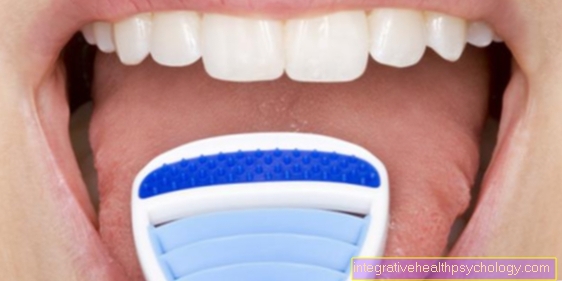
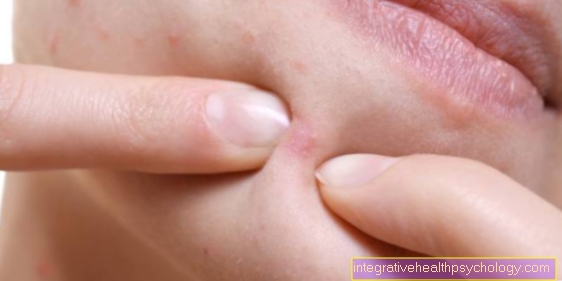










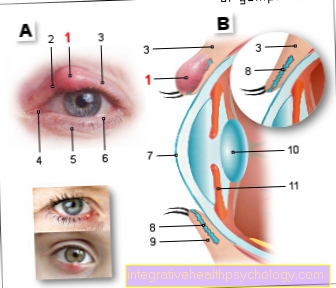



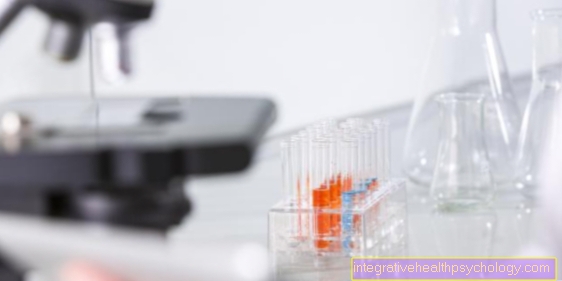


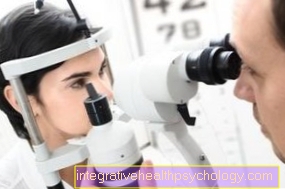


.jpg)

